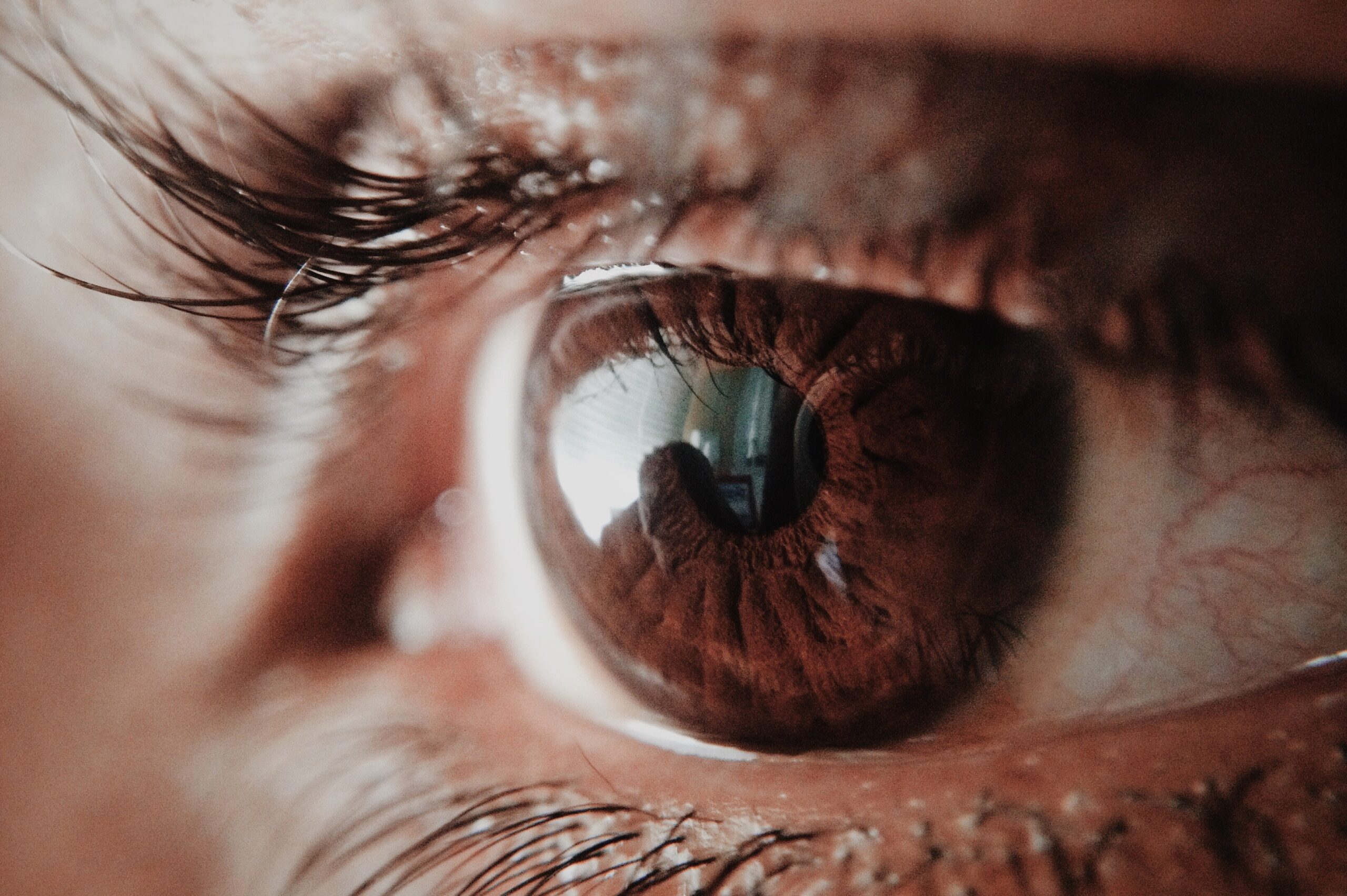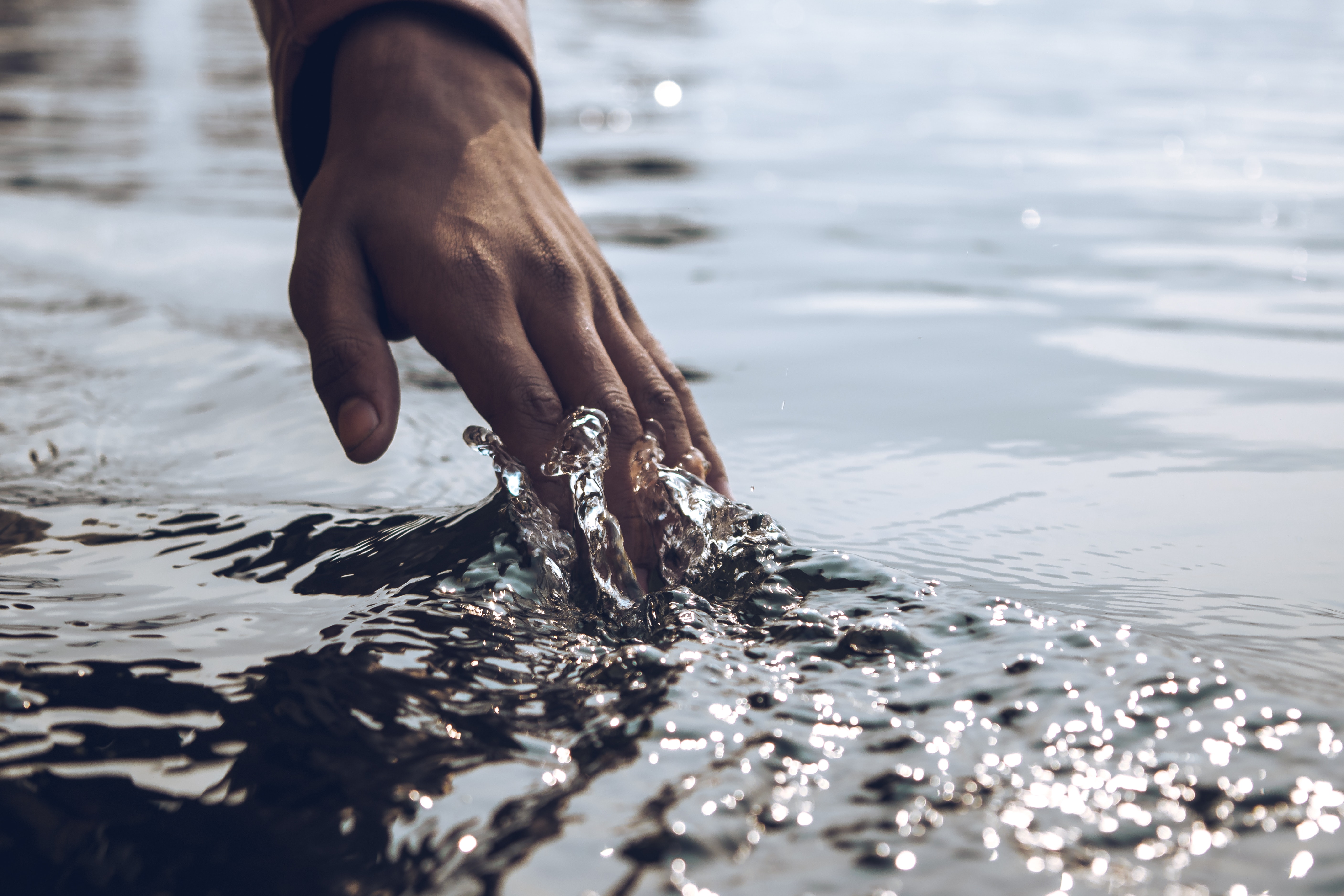You are sitting on a beautiful beach, and the sun is shining brightly overhead. You can feel the warm, wet sand under your feet and see the clear blue water in front of you. You can smell salty ocean air mixed with sunscreen lotion and hear children laughing as they play in the waves behind you.
Now close your eyes for a minute to experience this scene even more deeply – notice how present and calm you feel.
Was it the scenic and serene environment that seemed to grab your senses and help you feel more connected? Or was it that you engaged your senses, becoming consciously aware of all that’s within and around you?
There’s no wrong answer here – you may find it was a little bit of both! Still, it’s important to know that it’s not your environment that has the most profound effect on your meditation experience but how fully you take it in.
One common misconception about meditation is you need to be sitting on a mountaintop or in a quiet, isolated space to reap the benefits. The truth is, you can practice meditation anywhere and anytime – all you need is yourself and a willingness to focus on your breath.
That said, there are ways to enhance your environment to enhance your experience. Incorporating as many senses as possible can help you stay more focused and present, and here are a few ways to achieve this for each of your five senses:
Sight
 One of the most inspiring ways to engage your sight during meditation is to find a beautiful or calming environment to sit in. Whether outdoors or indoors, try to select an area with natural elements like plants, water, and sunlight.
One of the most inspiring ways to engage your sight during meditation is to find a beautiful or calming environment to sit in. Whether outdoors or indoors, try to select an area with natural elements like plants, water, and sunlight.
Another element to keep in mind with your sense of sight is color. Whether it’s the color of your walls or the decor around you, consider incorporating calming colors like blue or green.
Of course, there’s always the likelihood that you prefer to meditate with your eyes closed, in which case you can practice envisioning certain settings or colors, such as a ball of warm or blue light traveling throughout your body.
Sound
 One powerful and helpful way to engage your sense of sound during meditation is to listen to guided meditations or music that has a calming effect. This can be anything from classical music to nature sounds, and you can even find specific tracks designed for meditation.
One powerful and helpful way to engage your sense of sound during meditation is to listen to guided meditations or music that has a calming effect. This can be anything from classical music to nature sounds, and you can even find specific tracks designed for meditation.
If you’re not into listening to audio recordings, another way to bring in sound is by using natural elements around you. For example, if you’re outdoors, try to find a spot near running water or listen to the chirping of birds. If you’re indoors, tune into and welcome the sounds around you, like the sounds of your dog’s paws shuffling across the floor or the wind whistling by the window outside.
Smell
 Scent can be especially helpful if you’re trying to focus on a certain goal or outcome, as a scent can help create a positive association.
Scent can be especially helpful if you’re trying to focus on a certain goal or outcome, as a scent can help create a positive association.
Incense, candles and essential oils are all ways to incorporate smell during meditation. Certain scents are known for calming and relaxing effects, such as lavender, rosemary, and vanilla. You can use an essential oil diffuser to bring any scent into your meditation space.
Taste
 One of the most underutilized senses during meditation is taste. However, focusing on taste can be a mindfulness practice of its own. For example, you can place a piece of fruit or candy in your mouth. Spend time exploring not only its taste but its texture, shape, and size.
One of the most underutilized senses during meditation is taste. However, focusing on taste can be a mindfulness practice of its own. For example, you can place a piece of fruit or candy in your mouth. Spend time exploring not only its taste but its texture, shape, and size.
You could also try drinking tea or water with lemon during your practice.
Touch

![]() The sense of touch can be one of the most grounding and calming during meditation. One way to engage this sense is by holding a physical object like a crystal or stone. This can help you focus on your breath and stay in the present moment.
The sense of touch can be one of the most grounding and calming during meditation. One way to engage this sense is by holding a physical object like a crystal or stone. This can help you focus on your breath and stay in the present moment.
Another way to use touch is by focusing on different parts of your body. For example, you could focus on the sensations you feel in your feet or the way your clothes feel against your skin. Alternatively, you could focus on your hands and imagine them becoming heavy and relaxed.
No matter how you choose to incorporate all five senses during meditation, the most important thing is that you find what works best for you. Try out different techniques and see what helps you stay focused and present.
Achieving Mindfulness in 2022
Daily life is stressful, but the ongoing pandemic environment can make it feel far more overwhelming. Interest is ramping up to find innovative approaches to combat these overpowering stressors. Don’t lose hope because you can achieve mindfulness, you just need a little help along the way. KAP can help you move forward in clarity and renewal. Experience a breakthrough! Book your consultation now to learn more.

